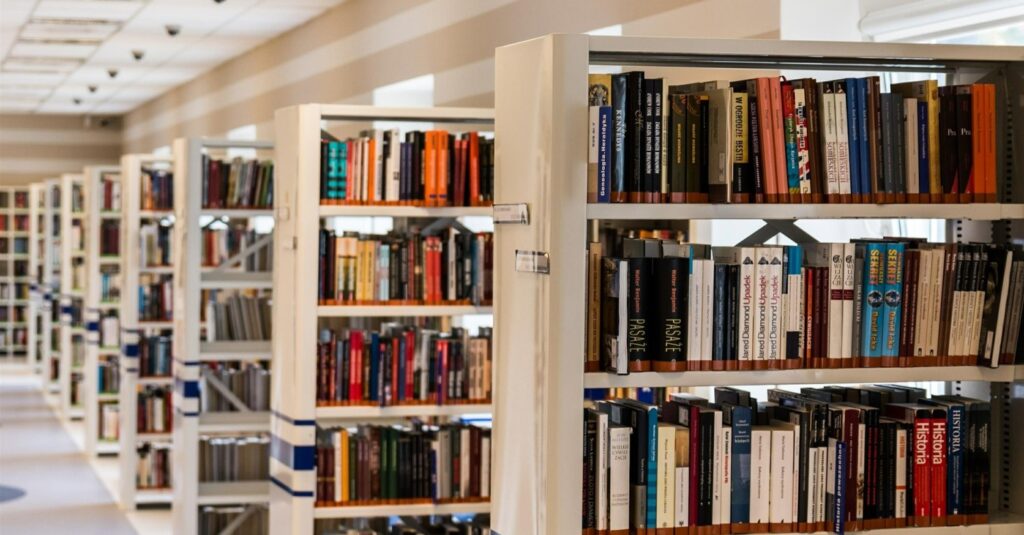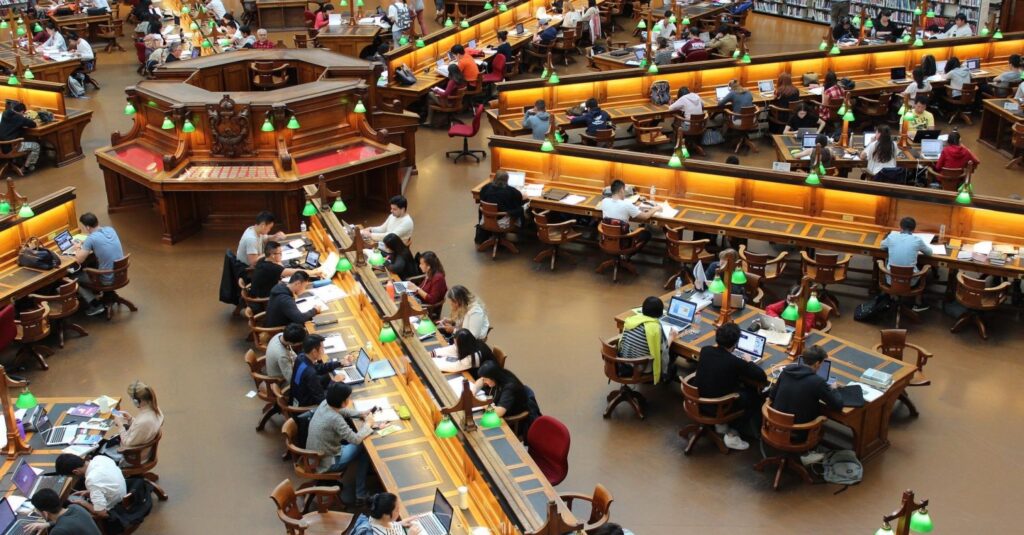
Why Get an MSW and an MEd?
Dual degree programs still represent a significant commitment, but those [...]
In addition to changing the roles of the classroom and the students within it, the 21st century has kindled discussions about the responsibilities and roles of an educator.
In my last Noodle article, I discussed what a 21st-century education should look like — and pointed out some ways in which it has to keep changing. Now, in this second part of a two-part series, I want to point out some of the ways in which teachers’ responsibilities and focuses should change, too.
Embracing Learner Choice
Students today have options that they didn’t have a few decades ago: typical classroom instruction, blended learning, peer-to-peer collaboration (both in person and online), and individual instruction from tutors and other professionals (both in person and online).
Because students now have the option of pursuing their interests online (instead of relying solely on classroom teachers), educators should help to connect children with the right resources in a personalized learning environment. Students can decide what they want to learn about in greater depth, and teachers should feel comfortable not being authorities on everything — instead, they can work to expose students to new subjects, experts, peers, websites, or books to help facilitate a tailored learning experience.
Cultivating these personalized learning networks early is essential, as kids will be able to strengthen relationships with educators and fellow learners throughout their lives. They’ll be learning — and learning about learning: what they’re interested in, which educators they feel a connection to, and how they learn best.
Embracing Accessibility
Today’s teachers should consider augmenting, say, a chapter in a history textbook with an episode of a podcast, or a television documentary series, or an interactive timeline on a website. This practice is known as implementing multiple representations, and it enables kids who learn in different ways to feel a connection with and an enthusiasm for the curricular material.
This notion of a Universal Design for Learning — which provides flexible learning environments and methods to meet the needs of a range of learners — grew out of an architectural movement emphasizing accessibility. It is mentioned in both the Higher Education Opportunity Act and the 2004 Individuals with Disabilities Education Act (IDEA).
Transcending Disciplinary Boundaries
Twentieth-century education often focused on learning the contents of a lesson and understanding the broader discipline as separate processes — distinct from one another and from the context in which such learning naturally occurs in the real world. In other words, students often struggled to see connections between math and science, or between social studies and language arts — and the ways in which these subjects affected their lives every day.
Learning in the 21st century, by contrast, focuses on the exploration of authentic, real-world topics, issues, and problems in the contexts in which they occur. Teachers should emphasize the application of knowledge rather than the facts of knowledge itself. Learning should not be thought of as memorizing subject-specific facts and concepts in a vacuum, but rather as cross-disciplinary and focused on real-world contexts.
A system that privileges learning in connection with the social circumstances in which it occurs is known as situated learning. Its early proponents argued that learning is a social process, and that teachers and learners participate in the co-construction of knowledge.
As such, education should be experienced in an appropriate social and physical environment. Learning about plant growth should happen in a garden or a greenhouse; learning about music should happen in a studio or concert hall; and learning about social studies should happen in a municipal building or at an historical site. In short, when the setting is appropriate, the learning should feel natural and even unintentional.
An example of this kind of learning in practice might involve a hands-on project to determine storage needs in a classroom. To figure out how to create more storage in their classroom, kids could do research on types of storage, develop new storage plans, and build storage units. Their learning would be cross-disciplinary: They would use research skills to learn about space utilization, group discussions to come up with ideas, and math and engineering skills to design and build their storage units.
Enabling Teacher Agency
Students aren’t the only ones who stand to benefit from a sense of agency in learning. As I noted in a post on my own blog, Teacher Agency: Educators Moving from a Fixed to a Growth Mindset, it’s important for teachers to develop a growth mindset — and an awareness that they have agency in their profession. Rather than feeling like they need to teach the exact same material in the exact same way every year, educators should take ownership over their classrooms and curricula — and feel empowered to adapt these to suit the needs of their students.
Teachers are the key agents of change for transforming a 20th-century educational system into a 21st-century one. They need to believe that their own voices, ideas, and instructional strategies matter and make a difference.
Reframing Teachers as Learners
In the past, the teacher was a disseminator of content and a grader of student work. Now teachers serve as lead learners, coaches, and mentors. Elsewhere on my blog, I explained that in an age in which content is freely and abundantly available, the role of a teacher should not mainly be that of knowledge disseminator. Instead, educators should work on helping students through the process of how to learn. As learners themselves, educators should model and demonstrate the ways in which we learn effectively, and take the time to help students figure out which methods work best for them.
Self-Directed Professional Development
Just as student learning shouldn’t take a one-size-fits-all approach, teacher learning should also be tailored to particular educator needs. All too often, the professional development of teachers takes the form of information sessions that occur during the first days of school and then sporadically throughout the school year during in-service days. There is (or can be) a better way.
Professional development in the 21st century should be teacher-driven. It should be available all the time (e.g., via online courses or regular seminars), and accessible whenever a teacher needs and wants it. A precondition for this kind of continuing education should be for a teacher to define individual goals, not those imposed by a school or a mandated curriculum. Only at this point is it possible to begin to tailor professional learning to educators and their personal desired outcomes.
As our educational world becomes increasingly connected, there are more resources than ever available to teachers. Using these resources, teachers may lead students by their own example, help students with a variety of learning needs, and empower students to seek out knowledge in new and exciting places.
Questions or feedback? Email editor@noodle.com

Dual degree programs still represent a significant commitment, but those [...]

all LIS professionals must be information-literate. They can work in [...]

Elective courses can customize your MLIS degree to a career [...]

Do you intend to work in your community's public library [...]

For decades now, libraries have been attuned to new developments [...]
Categorized as: Teaching, Education & Teaching